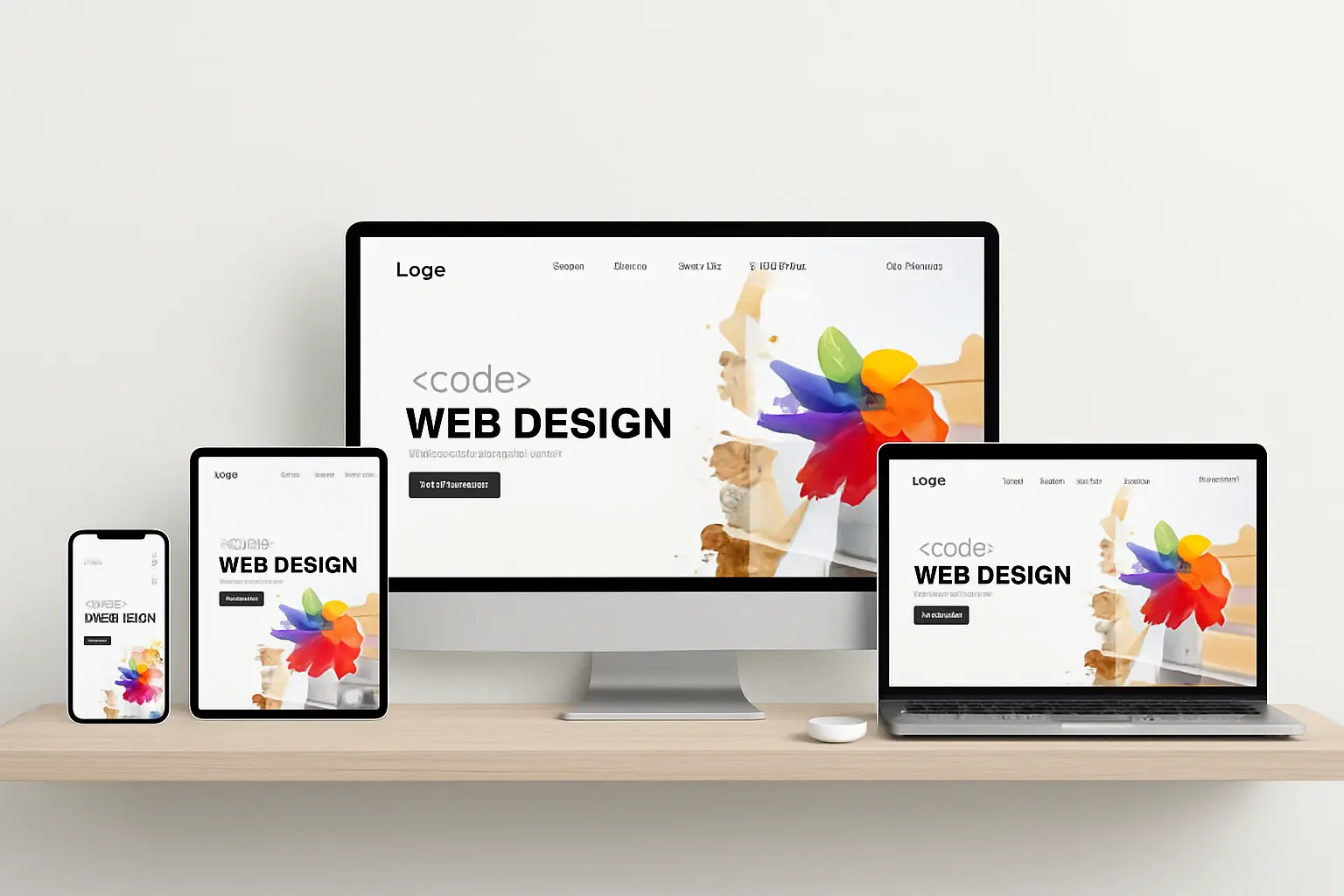When it comes to online marketing, businesses often debate between Search Engine Optimization (SEO) and Pay-Per-Click (PPC) advertising. But what if you didn’t have to choose? Instead of treating them as separate strategies, integrating SEO and PPC can lead to greater brand visibility, higher conversions, and long-term success. In this guide, we’ll explore how these two strategies complement each other for maximum impact.
Understanding SEO and PPC
What is SEO?
SEO is the process of optimizing your website to rank higher in organic search results on search engines like Google. It involves keyword research, content optimization, backlink profile building, and technical improvements like page load speed and internal links to enhance visibility. SEO is a long-term investment that establishes authority and drives consistent traffic.
What is PPC?
PPC, or Pay-Per-Click advertising, involves running paid search ads where businesses pay for each click their ad receives. Platforms like Google Ads allow companies to target specific search intent keywords, ensuring immediate visibility on Search Engine Results Pages (SERPs). PPC provides instant traffic, making it an effective strategy for short-term marketing goals.
Key Ways SEO and PPC Work Together
1. Shared Keyword Research and Strategy
Both SEO and PPC rely heavily on keyword research. While SEO aims to rank for valuable keywords organically, PPC offers immediate insights into which keywords drive engagement. Running PPC campaigns helps identify competitive keywords and user behavior trends, which can then be used to optimize SEO efforts.
Additionally, PPC can be used to test keywords before committing to long-term SEO strategies. If a keyword performs well in PPC campaigns, it’s a strong indicator that investing in SEO for that term will be beneficial. This approach reduces the risk of optimizing for low-performing keywords and allows businesses to refine their SEO strategies based on real data.
2. Dominating Search Engine Results Pages (SERPs)
Appearing in both organic search results and paid search ads increases your chances of being seen by potential customers. When a user sees the same brand ranking organically and via PPC, it builds trust and brand awareness. This strategy not only enhances credibility but also improves overall click-through rates (CTR).
By owning more real estate on SERPs, businesses can push competitors further down the page, increasing the likelihood of capturing clicks. This approach works especially well for high-intent search terms where users are closer to making a purchasing decision.
3. Enhancing Brand Visibility and Awareness
SEO takes time to yield results, but PPC can boost brand visibility instantly. Running remarketing campaigns ensures that users who visit your website organically can later be targeted with PPC ads. This dual approach keeps your brand top-of-mind and increases conversion potential.
For example, if a user visits your website through organic search but doesn’t convert, a PPC remarketing ad can remind them of your offering, nudging them toward a purchase. This synergy between SEO and PPC keeps potential customers engaged throughout their buying journey.
4. Improving Click-Through Rate (CTR) and Conversion Rate
PPC ad performance data can help optimize SEO content. For example, if a certain ad copy performs well in PPC, similar messaging can be used in SEO meta descriptions and headlines to improve CTR. Similarly, SEO-driven content that converts well can be repurposed for PPC landing pages, creating a cohesive marketing funnel.
Moreover, analyzing PPC conversion data helps businesses refine their SEO content strategy. By identifying which keywords and landing pages drive the most conversions, businesses can prioritize those terms in their organic optimization efforts.
5. Boosting Quality Score and Ad Performance
Google Ads assigns a Quality Score based on ad relevance, landing page experience, and CTR. A well-optimized website, driven by SEO best practices like fast page load speed and content optimization, enhances landing page experience—ultimately improving Quality Score and reducing cost-per-click (CPC) in PPC campaigns.
Higher Quality Scores lead to lower ad costs and better positioning in search results. This means that investing in SEO not only benefits organic rankings but also improves the efficiency of PPC campaigns.
6. Leveraging User Behavior Data for Better Targeting
Data from PPC campaigns provides insights into user interactions, which can refine SEO strategies. For example, analyzing user behavior data from paid campaigns helps identify top-performing keywords, audience preferences, and conversion trends. These insights can be used to optimize SEO content and improve internal linking strategies.
By understanding which keywords and landing pages drive the most engagement, businesses can create targeted SEO content that aligns with user intent, improving both organic rankings and PPC performance.
7. Cost Optimization and A/B Testing
PPC allows businesses to test different ad copy, landing page designs, and calls-to-action (CTAs) through A/B testing. The most effective elements can then be implemented in SEO content to improve organic conversions. Additionally, businesses can allocate budgets strategically by balancing paid and organic efforts, reducing reliance on expensive CPC campaigns over time.
For example, businesses can test various headlines, descriptions, and calls to action in PPC ads before rolling out changes to SEO content. This approach ensures that organic content is optimized based on proven data, increasing engagement and conversions.
Common Challenges and How to Overcome Them
1. Budget Allocation
Balancing spending between PPC and SEO requires careful planning. Start with PPC for quick results while gradually investing in SEO for long-term growth. Businesses should monitor return on investment (ROI) from both channels and adjust budget allocation accordingly.
2. Avoiding Keyword Cannibalization
If the same keywords are targeted in both SEO and PPC, businesses risk competing against themselves, driving up costs unnecessarily. To avoid this, use PPC for high-intent commercial keywords while focusing SEO efforts on informational and long-tail keywords.
3. Tracking Performance Accurately
Using tools like Google Analytics and Google Ads together provides a complete picture of SEO and PPC performance. Setting up proper conversion tracking ensures businesses can measure which channel is driving the most revenue and adjust strategies accordingly.
4. Managing Fluctuations in Performance
SEO and PPC performance can fluctuate due to algorithm updates, competition, and market trends. Businesses should continually monitor and adapt their strategies to stay ahead. Regularly testing new PPC campaigns and updating SEO content ensures long-term success.
Bottom Line
SEO and PPC aren’t competitors—they’re partners in a strong digital marketing strategy. By leveraging both organic and paid tactics, businesses can achieve greater brand awareness, dominate SERPs, and improve conversions. Whether you’re aiming for immediate traffic or long-term authority, combining SEO and PPC is the key to online success. Start integrating these strategies today and watch your digital presence grow!



